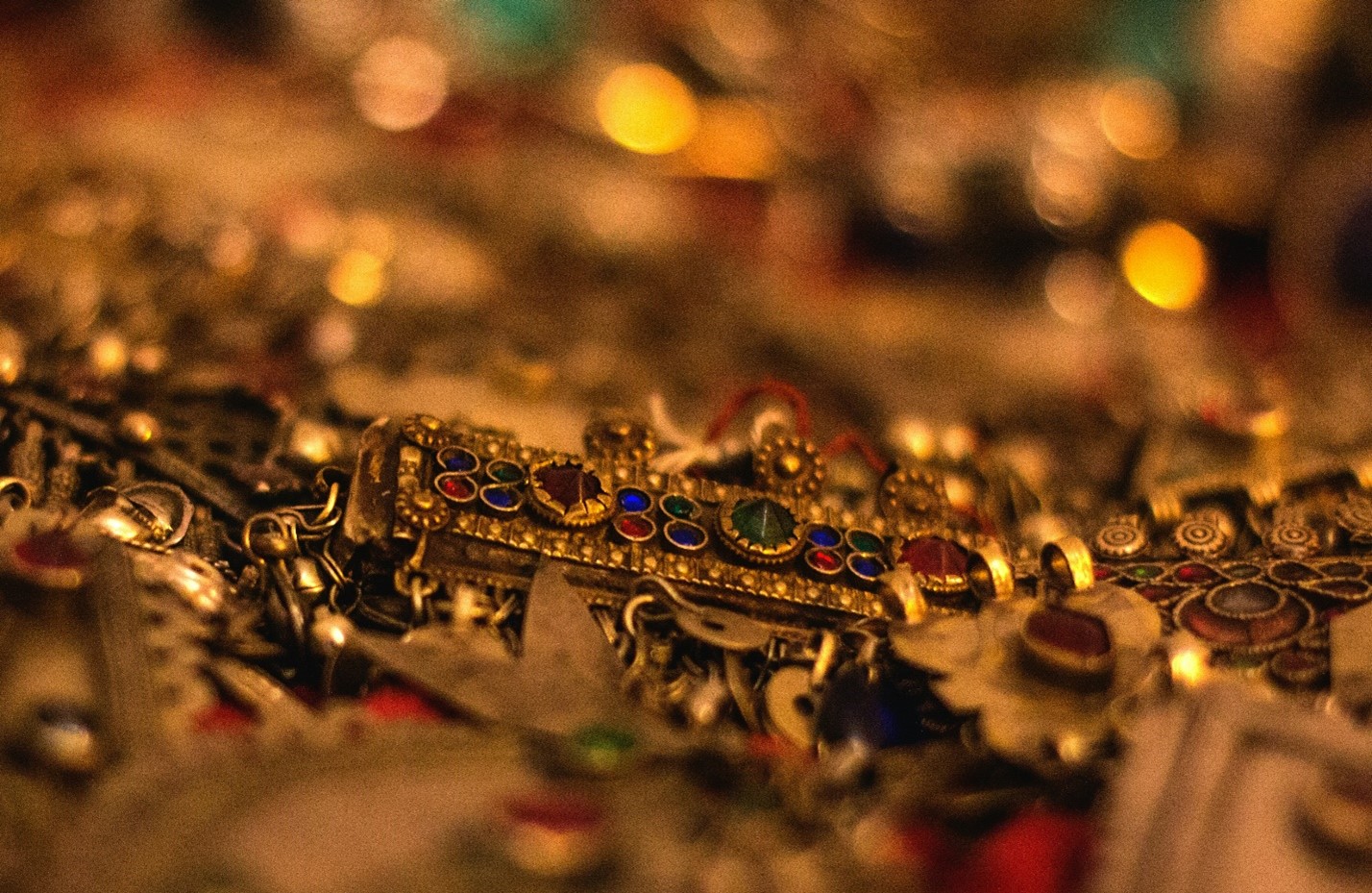
What’s common between Ugadi, Pongal, Akshaya Tritiya, Onam, and even Diwali (apart from the fact that they are all major Indian festivals)? The answer is that each festival is synonymous with gold, considered a symbol of prosperity, affluence, and purity. India has deep connections with gold, particularly for its ceremonies and religious festivals.
Our obsession with gold runs deep since we revere it as a sacred part of any cultural and spiritual celebration.
Gold is a Must for Almost Every Ceremony
Almost every ceremony in India has a golden connection! Gold symbolizes good fortune, sacredness, and high status in Indian culture. As a result, all the festivals mentioned above witness its use in several rituals, while people either purchase gold or gift it to their loved ones. For instance, buying a 2-gram gold coin or other jewelry on Dhanteras is common for most households. They believe religious and cultural practices mandate silver and gold purchases on the day to usher happiness and prosperity into the home.
Many also celebrate ceremonies like housewarming or Griha Pravesh with gold since it is auspicious. Naming ceremonies or Namakaran are also sometimes incomplete without blessings and gifts of gold jewelry to little ones. Weddings, of course, go hand in hand with gold purchases. It is a pivotal part of the bridal trousseau, while grooms also get jewelry and other items as presents. You’ll also know that the mangalsutra (sacred wedding thread) always has a little gold in it, further cementing the association of the yellow metal with Indian weddings.
The History of Gold in India- Fun Facts
Before you invest in that 2-gram gold coin or other jewelry, here are some historical facts that you will love knowing without a doubt.
• Gold finds multiple mentions in sacred Vedic texts. The Sanskrit word Hiranya refers to gold in the same.
• The Rig Veda mentions Hiranya-mani or gold several times, while a hymn from the sacred text, Sri Sukta, talks about Devi Lakshmi as the Goddess of prosperity and wealth.
• Excavations at archaeological sites like Mohenjo-Daro and Harappa (from the Indus Valley civilization) between 2600-1900 BCE indicate the use of gold jewelry.
• Relics discovered 8,000+ years ago include ornaments like bangles, necklaces, bracelets, etc.
• Silappadikaram, a Tamil epic from the Sangam era, talks about golden jewelry embedded with pearls and precious stones.
• Standardized gold coins were the brainchild of Emperor Vima Kadphises in 100 AD. The reign of the Gupta Empire was known as the Golden Age, and numerous gold coin designs and styles were introduced by the rulers.
• Tamil cultural traditions also have a custom of owning necklaces called Kasu Maalai crafted from gold coins.
• Arthasastra by Kautilya (4th century BCE) mentions gold refining in the solid and molten states. He also talks about India’s process of gold manufacturing, supervised by the Sauvarnikas or goldsmiths who would have jewelry shops in markets.
• Even the Mahabharata references Pipilaka gold, comprising fine-sized powder with high purity.
Why Gold is Indispensable
Thus, gold has several symbolic associations in India, making it near-mandatory for several ceremonies and festivals. It is also passed down as a family heirloom across generations. Gifting gold is also considered auspicious, with recipients perceiving it as a symbol of good luck and prosperity.
These gifts are perhaps the highest form of gifting in India today, especially since gold ownership is also a status symbol in the country. Many also consider gold the safest investment option and a hedge against future inflation. You can check out various options like coins, earrings, bangles, and necklaces as gifts for loved ones at festivals, weddings, and other occasions. If you’re looking for a pocket-friendly choice, a 2-gram gold coin or other products from MMTC-PAMP are worth considering, with guaranteed purity and certifications. On that note, here’s to celebrating every ceremony and festival with gold.
Micro-investing allows people to start with small amounts and build a steady investing habit. Digital gold fits naturally by enabling small purchases, easy tracking and storage-free ownership. It blends the trust of gold with digital ease. Over time, gradual investments can support long-term savings and add balance to a diversified portfolio.
A gold vault is a secure facility that stores physical gold on behalf of investors. It ensures gold is safely protected, audited and insured. Vaults remove the risks of home storage and provide clear ownership records. By handling security and verification in the background, gold vaults make modern gold investing safer, simpler and more dependable.
Metal trading often attracts attention during uncertain times. Gold prices make headlines, silver demand rises quietly, and industrial metals move alongside global growth cycles. Yet many investors are unsure what is metal trading, and whether it deserves a place alongside equities, mutual funds and fixed income. This article answers that directly. It explains what metal trading involves and helps you decide if it fits your portfolio.

MMTC-PAMP India Private Limited
Rojka-Meo Industrial Estate,
Distt. Nuh,
Haryana – 122103,
India
Ph: +91 124 2868000
CIN - U27100HR2008PTC042218
customercare@mmtcpamp.com
info@mmtcpamp.com
For corporate sales related
queries :
corporate.sales@mmtcpamp.com
Toll Free
1800-313-182182
(08:00 AM - 08:00 PM IST, Mon - Sat)
* Accessible from Indian (+91) numbers only